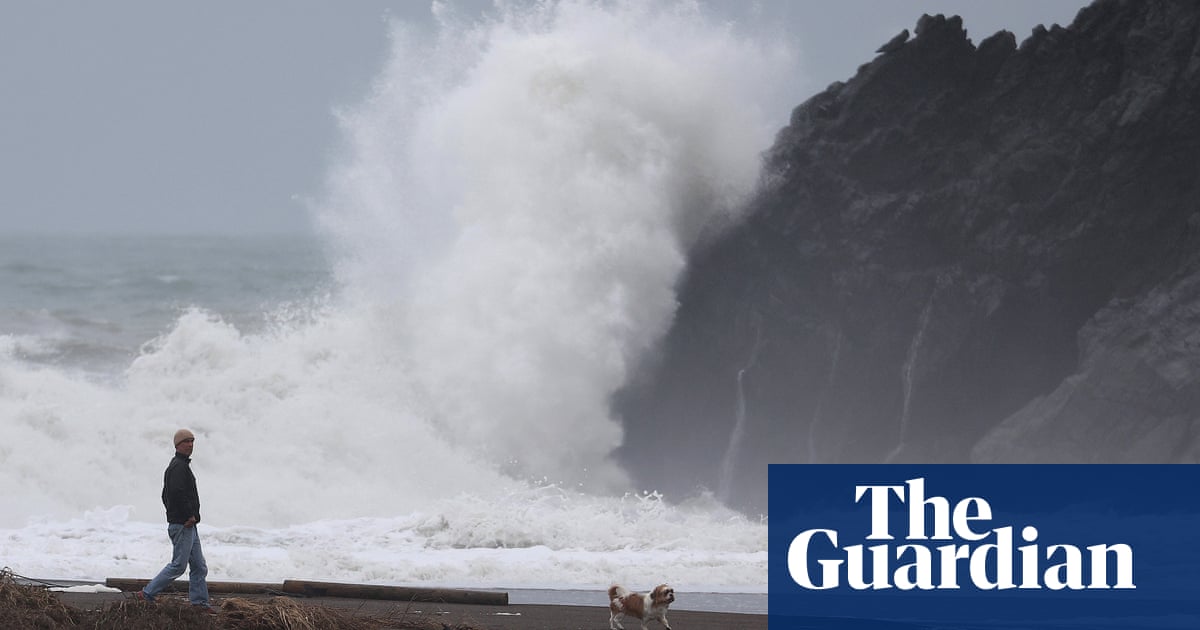Research into release of ‘forever chemicals’ raises concerns about contamination and human exposure along world’s coastlines
Ocean waves crashing on the world’s shores emit more PFAS into the air than the world’s industrial polluters, new research has found, raising concerns about environmental contamination and human exposure along coastlines.
The study measured levels of PFAS released from the bubbles that burst when waves crash, spraying aerosols into the air. It found sea spray levels were hundreds of thousands times higher than levels in the water.
The contaminated spray likely affects groundwater, surface water, vegetation, and agricultural products near coastlines that are far from industrial sources of PFAS, said Ian Cousins, a Stockholm University researcher and the study’s lead author.
“There is evidence that the ocean can be an important source [of PFAS air emissions],” Cousins said. “It is definitely impacting the coastline.”



Not just the title. The slant is evident in the opening paragraph too.
Compare to the study title and opening sentences.